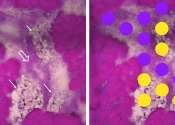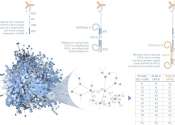GoT-ChA: New tool reveals how gene mutations affect cells
A team co-led by researchers at Weill Cornell Medicine and the New York Genome Center has developed an advanced method for revealing how gene mutations disrupt the normal packaging of DNA. These structural changes, which ...









